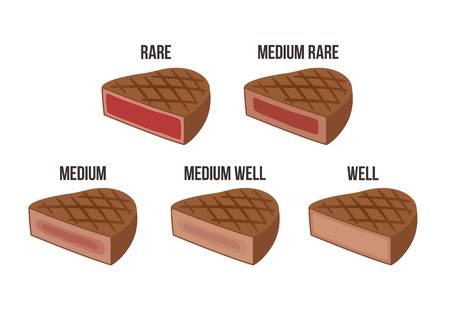Waiters are accustomed to dealing with people’s dietary peculiarities. Unfortunately, some guests find joy in manipulating the menu in unreasonable ways to suit their needs or their budget. It comes with the territory, so servers learn to live with guests who obsess over finding loopholes to get what they want. Menus are only templates for success, not rule books, but of course—like everything in hospitality—some diners take more liberties than others.
There are guests who request to have their salad served after their entrees because they think it makes them seem more cosmopolitan. It doesn’t. Others will order appetizers as their entrees because they prefer to eat light. It’s not ideal, but it’s forgivable. Occasionally, there are guests who cobble together small plates into a makeshift meal or ask the server to course out their food in an unorthodox way. Experienced servers know it’s pointless to resist. Just give the people what they want.
But one menu hack that most servers find unnerving is when guests order side dishes as appetizers. Although there are exceptions, the decision to order a side dish as a first course is often a veiled attempt to game the menu to save money. Even the most well-intentioned guests come across completely obnoxious when they do it.

Naysayers will bristle and scorn at the elitism of presuming that menu items should only be served at the times of the meal that they are intended to be. They’ll say if people want a small dish as their appetizer, it’s their prerogative. Why should you ostracize those people, even if the decision is a financial one? This is a totally valid point. But just because you can do something in a restaurant doesn’t necessarily make it right. You shouldn’t order a sandwich, ask for more bread and then make a second sandwich by redistributing what’s inside the first one. Yet some people do. It’s everyone’s right to do it, but it’s still a bad form.
Implicit in these choices is a disregard for the experience that a restaurant is trying to craft for its guests. Of course, guests have no obligation to follow the menu, but ignoring the framework altogether comes with risks. Many side dishes aren’t as satisfying on their own as they would be complementing main courses, especially when those plates are designed to be shared for the table. I’ve had so many guests ignore my advice against order side dishes to start and then be absolutely miserable with the boring plate of whatever steamed vegetable they had to have. In the end, they cheated themselves.
So follow the template that’s given to you, whenever possible. It’s better to have the side dish come alongside your main course (as it was intended to be) instead of having it come beforehand. Even if it means you’ll end up waiting longer or feeling out of place while your table mates enjoy their appetizers. After all, it wouldn’t be called a side dish if it was meant to be the center of attention. Accepting that fact will improve your dining experience, I promise.



